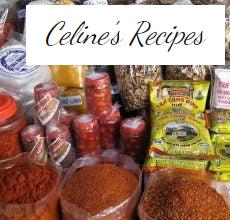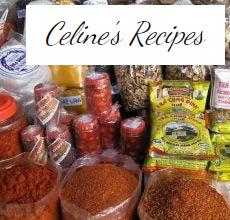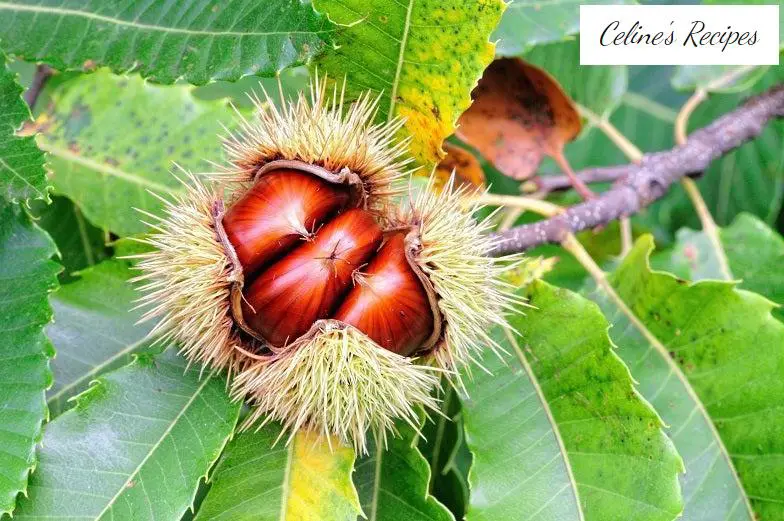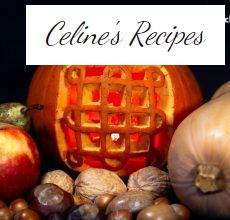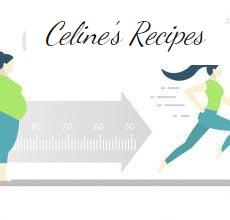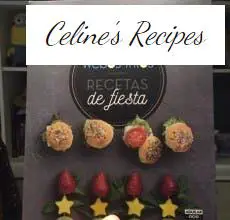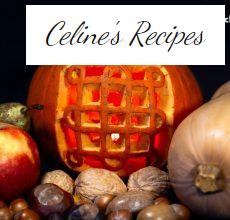When we talk about chestnuts, I get the Galician gene, or rather ourensán. In any chat with friends in Madrid I try to value this fruit that reminds me of my childhood and the most popular festival in Ourense, Los Magostos.
We can talk about chestnuts, because there is not a single variety, there are many types. And more if when buying, we do not make it from the national variety, that of the European chestnut Castanae Sativa Mill .
Currently we find it in almost all the provinces of Spain although it is in Galicia, León, Extremadura, Asturias, Cantabria and the Basque Country where it is most common. Although of course in other areas of Spain such as Malaga or Catalonia where the castanyer gives rise to one of its most famous festivals, the Castanyada, a popular festival in Catalonia that is celebrated on the day of “Tots Sants”.
In Asturias the Magüestu, Amagüesto and the fornaos are celebrated in November and in the town of Arriondas is the capital of the chestnut of Asturias.
In Galicia the Magosto is celebrated on November 1 and the day of San Martiño, on November 11. And the chestnut trees in my area, A Ribeira Sacra and especially in Manzaneda, a spectacle that is worth visiting. You will find specimens over a thousand years old and almost 14 meters in circumference.
The Galician writer and historian Manuel Murguía considered El Magosto as a funeral banquet in which the chestnut on fire would symbolize death and wine, new life. Neighbors, family and friends gathered around this idea to celebrate the end of a new harvest. A party worth living, at least once in a lifetime.
What is chestnut? What can we find in the market?
The chestnut is the fruit of the chestnut tree, rounded and flat on one side. Normally bright brown on the outside and the pulp white-yellowish and sweet in flavor.
- Perfect for those who are gluten intolerant or celiac. Well, we will find the chestnuts in flour format, very appreciated in Galicia.
- They are rich in carbohydrates and minerals, chestnuts are an excellent help for athletes and hikers, as well as for children and adults. And they give a lot of play in the kitchen included in numerous stews and desserts. As you can see on the blog, especially in the sweet part.
- The varieties marketed in Spain are pilonga, garrida, famous, early and ventura, all of them brown. They can be marketed fresh or dehydrated and are considered very tasty and nutritious. In the area of the Bierzo region, a variety known as negral is produced, very tasty and darker than the other varieties.
- In the market we can find fresh, roasted, peeled chestnuts, in jars, sweets (Brown Glase), packaged and frozen.
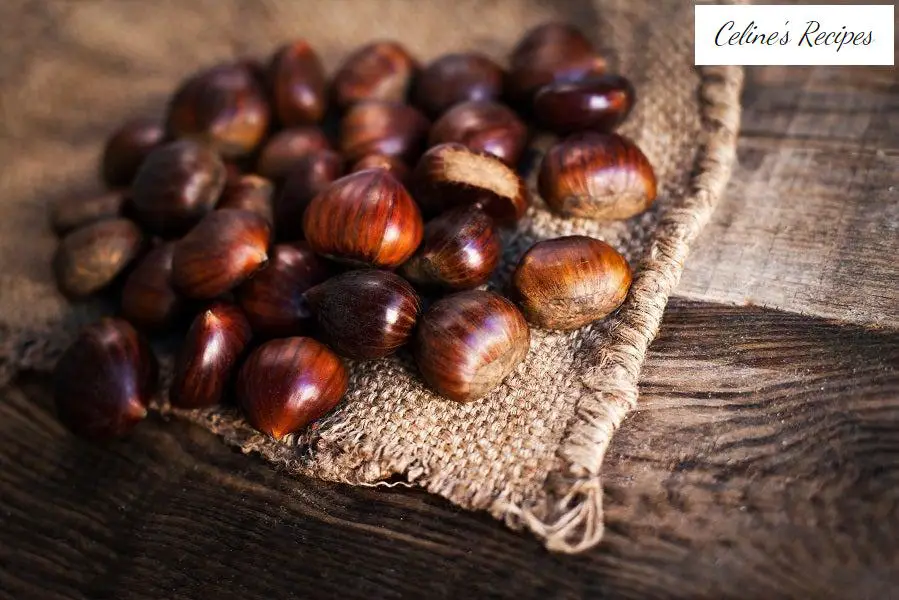
3 basic tips to buy quality chestnuts
These tips are from my father Jesus. He has enough chestnut trees and usually collects about 200 kg. chestnuts around these dates, the future Magosto chooses us and prepares us. For which I am eternally grateful.
- If you are not that lucky, shopping is easy, you just have to choose those chestnuts with good color, if possible a bright brown and without spots. Choose those that are large and heavy. Those with cuts to discard, because as they come in hedgehogs full of tips, the hoe is usually used to open them and sometimes they are broken or cut.
- Try to choose the chestnuts of the same size, the reason is that if we are going to roast them, having the same size they will be made equally. If they are of various calibres, some of them will be raw, the largest and the smallest very made.
- Very important that they are not pierced because that means they have a bug, you could eat a lot of protein. The flatter ones are also advisable to leave, as they are usually difficult to peel and have little chicha to eat.
How to preserve chestnuts correctly
- Once purchased, I advise you to take them out of the plastic bag at home and put them on a flat surface or in a large basket to avoid mold. My father usually puts them on an extended cloth sack in a shady area to dry them and prevent them from spoiling.
- They must be kept in a dry and cool place, away from contact with sunlight and heat from household appliances.
- Dried chestnuts can be kept in the fridge for 2 or 3 months, never in plastic bags, they must be able to breathe.
- The most common is to freeze them, so we prevent them from spoiling and lasting the whole year. Choose the best ones and in this case put them in a zippered bag with a small slit or hole, always ready to roast and do not explode.
- If you have time, they can always be peeled and in this way we just have to take them out, cook them and ready for any accompaniment. So they can last you from 7 to 9 months. There is nothing better than arriving in the summer and eating a Magosto. Something as sublime as eating torrijas , roscón de reyes , fritters or ice cream out of season.
- To defrost, it is best to leave them in the fridge for 24 hours and then roast them as is.
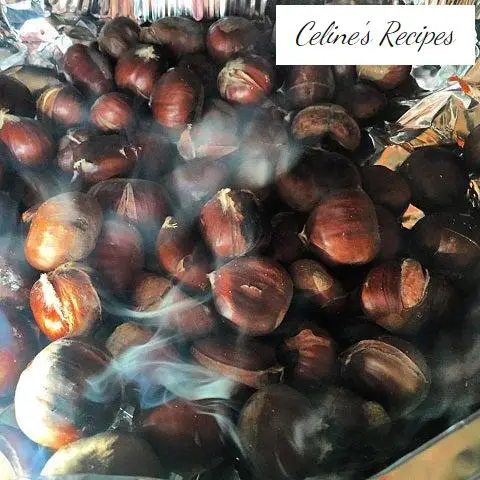 With all this information you can only enjoy such a precious fruit with any of the recipes that we have on the blog.
With all this information you can only enjoy such a precious fruit with any of the recipes that we have on the blog.
You can always make a chestnut cream , sweet or not, it is perfect to accompany many recipes. How to fill, puree or just spread on toast.
In the sweet section of Rechupete Recipes you will find the famous Magostos cake , a chestnut bica that is so fashionable in Galicia, the chestnut cake that my grandmother Lucrecia made or the cheese and chestnut cake of my friend Amorín. Even a very popular and highly successful blog option, the chocolate chestnut pie .
You will also find desserts with chestnuts in other formats that are just as good, as a base for a flan , in custard or perfect as a filling for a gypsy arm .
Did you like it? Share it!
Share Tweet Pin it To print
Receive a weekly email with new recipes and yummy recommendations.
Think of Pixels SL as the owner of Recetasderechupete.com, it will use the data you provide in this form only to send you blog updates. We treat your data with respect. For more information see the Privacy Policy . You can change your mind at any time and unsubscribe by clicking on the footer of any email you receive from this website, or by contacting [email protected]. Yummy recipes use Mailchimp as a platform for sending emails. Mailchimp is covered by the EU-US Privacy Shield agreement, approved by the European Data Protection Committee. By submitting this form you agree that your data will be transferred to MailChimp to process it in accordance with its Privacy Policy .
If you liked this article you will like:

Bonito de Burela and Hake on a skewer. Respect for fishing

The perfect barbecue exists!
